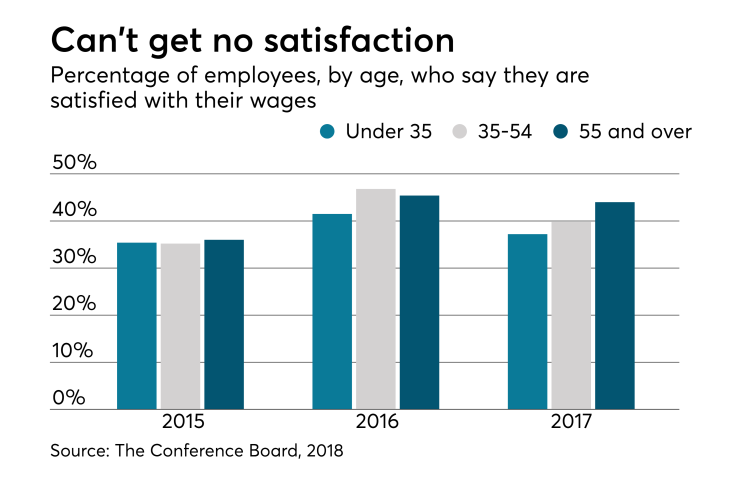Employers are trying to woo workers by investing more money into employee benefits, including paid leave and bonuses.
The average cost of benefits rose approximately 2.9% in June from the same period in 2017, while the cost of wages rose by 2.7%,
Employer costs for benefits averaged $11.50 an employee for each hour worked in June. Benefits accounted for more than 30% of the total cost of employer compensation across all sectors, while wages and salaries dominated. Benefit gains overall were boosted by a 12% increase in supplemental pay, including bonuses.

“Employers are prioritizing their investments in the wellbeing of their workforce. This is not only important to attract and retain employees but also consistent to support top performance,” says Michael Thompson, president and CEO of the National Alliance of Healthcare Purchaser Coalitions.
Paid leave is another rising benefit, with the cost per employee jumping nearly 4% since 2017, the department said. In response to employee demand, more employers are expanding their paid parental leave benefits to include time off for the birth, adoption or foster placement of a new child.
Although paid leave saw a jump in costs from 2017, it was not the most costly benefit. Insurance cost employers the most across civilian, private industry and state and local government workers. In each category, health insurance cost the most, beating out life insurance and short and long term disability, according to the data. However, the percentages remained relatively the same compared with the year prior.
Retirement and savings benefits were the second most costly for employers in the state and local government sectors, although the costs increased only minimally from 2017. For private industry and civilian workers, legally required benefits like Social Security and Medicare, was the second most costly.






